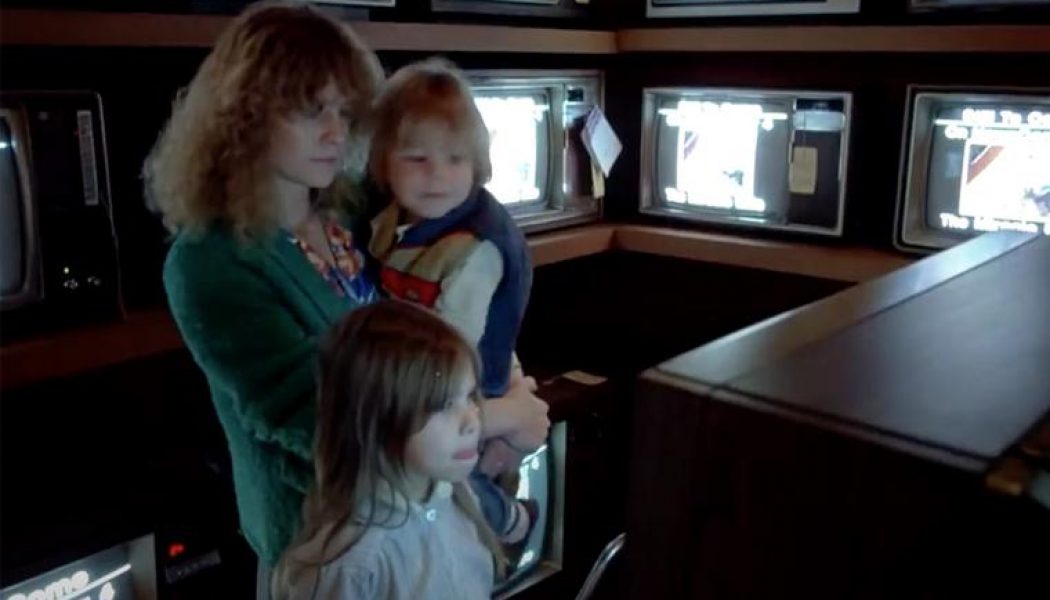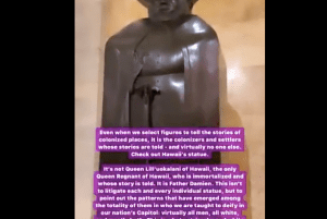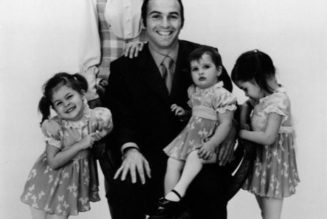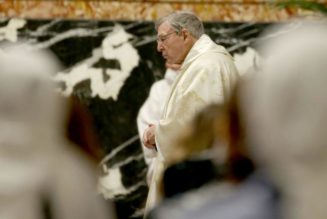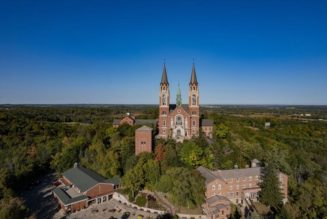
‘Koyaanisqatsi’ reminds us that, in spite of our technological advances, we remain human.
Ko.yaa.nis.qatsi (from the Hopi language), n. 1. Crazy life. 2. Life in turmoil. 3. Life disintegrating. 4. Life out of balance. 5. A state of life that calls for another way of living
So starts Godfrey Reggio’s 1982 film Koyaanisqatsi.
Released almost 30 years ago this film remains an avant-garde, original documentary. Reggio’s at-times haunting images of the urban world with all its hustle, bustle and confusion is juxtapositioned with sublime photography of the natural world. That visual experience presented with a hypnotic soundtrack from the American Minimalist composer Philip Glass.
The film’s title also expresses its premise, namely, that mankind has it all wrong: our lives are turmoil and craziness; we are living out of balance and crying out for “another way of living.”
Viewed decades later, there is in Koyaanisqatsi something else additionally on display, that is to say, the beauty of ordinary life.
Koyaanisqatsi was created in the last years of the 1970s and opening years of the 1980s. It was a time of social change, yet what the film documents is not so much that change as the urban landscape at the time in the United States. It is a world of office workers, crowded city streets, clogged highways and crammed subway platforms — a world of movement, of speed, of multiple activities viewed in and through the complex prism of human society.
Reggio is especially skilled at presenting human faces in contrast against such a backdrop. He captures smiles and grimaces, laughing and poignant faces — in short, the human condition is here for all to see. Regardless of the film’s implied critique of humanity there is an inherent empathy too for the humanity on display. In addition, the use of slow-motion, time-lapse, and backward sequencing has the unexpected effect of making the mundane look uniquely otherworldly, and with Glass’ musical accompaniment unexpectedly transcendent.
If you look closely enough you will see a contemplative aspect to the camera’s view. Perhaps this should not surprise given that the film’s director spent time in a Catholic religious order. For 14 years, from the age of 14, Reggio was with the Congregation of Christian Brothers. In 2014, he told an interviewer:
“I went to a Catholic school, [I was from a] very Catholic family. We model ourselves after the adults we admire, and when I met these men, these brothers, I saw how generous, how joyful, how convivial, how unattached but full of life they were and I thought: gee whiz, maybe I could do that. … I became a young zealous monk. My Che Guevara was Pope John XXIII.”
By the early 1970s, he had left religious life behind, however. Reggio’s overt religious faith gave way to other causes and a concern over the takeover of everyday life by technology. He also discovered film — not just the medium’s beauty but, especially in the documentary genre, its power. A decade later Koyaanisqatsi was born.
Reggio surely thought his film was documenting a moment in Western, specifically American, social history — a cinematic text showing the highpoint of a world run by and with mechanized machines controlled by human input. What he could not have foreseen was that Koyaanisqatsiwas recording the last days of that stage of our civilization.
In 1983, while Koyaanisqatsi was showing at art house cinemas around the globe, two men were having a conversation. In fact, a number of conversations as an entrepreneur tried to lure a company executive away from one of the top jobs in corporate America. The pitches of the entrepreneur initially fell on deaf ears. Then, almost as a throwaway line, the entrepreneur posed the following question: “Do you want to spend the rest of your life selling sugared water, or do you want a chance to change the world?” The speaker was Steve Jobs, the man he was speaking to John Sculley, then head of Pepsi-Cola. With that final comment, Jobs struck the right note. Soon Sculley was CEO of Apple. What followed next did, indeed, change the world.
That same year Time magazine did not name anyone as “Person of the Year.” Instead, it simply displayed a computer on its front cover with the title: “Machine of the Year: The Computer Moves In.”
Unquestionably, we now live in the age of the computer. What the previous machines were capable of has been far exceeded and will be exceeded yet further by the power of the computer, and more particularly, artificial intelligence.
Yet Koyaanisqatsi reminds us that, in spite of our technological advances, we remain human. We smile, we laugh, we enjoy the company of others. We need purpose, work, and above all love from other human beings. And perhaps more important of all we possess a “capax Dei” — a capacity to know and love our creator God. Unlike the computer, we were created for a transcendent purpose that outlasts even the ancient landscapes that surround us, and is shaped by something that really did change the world, and which was and remains the definitive call for a different way of living — namely, the Incarnation.
[embedded content]
Join Our Telegram Group : Salvation & Prosperity
